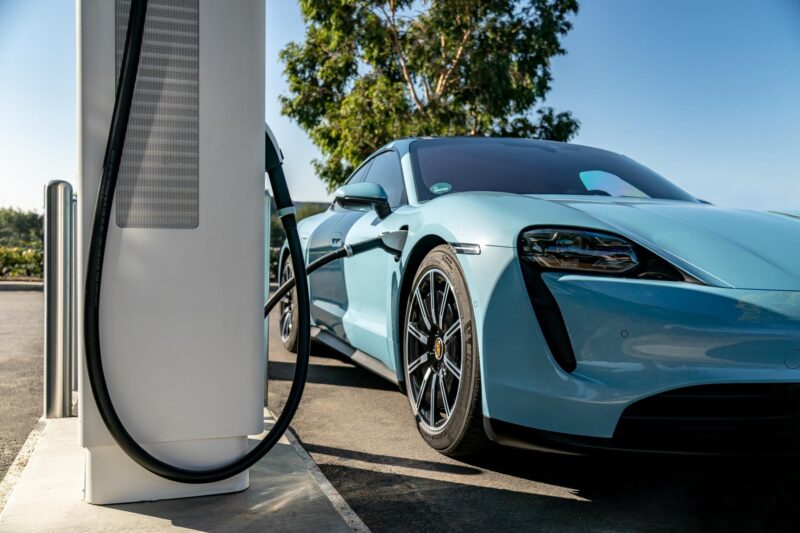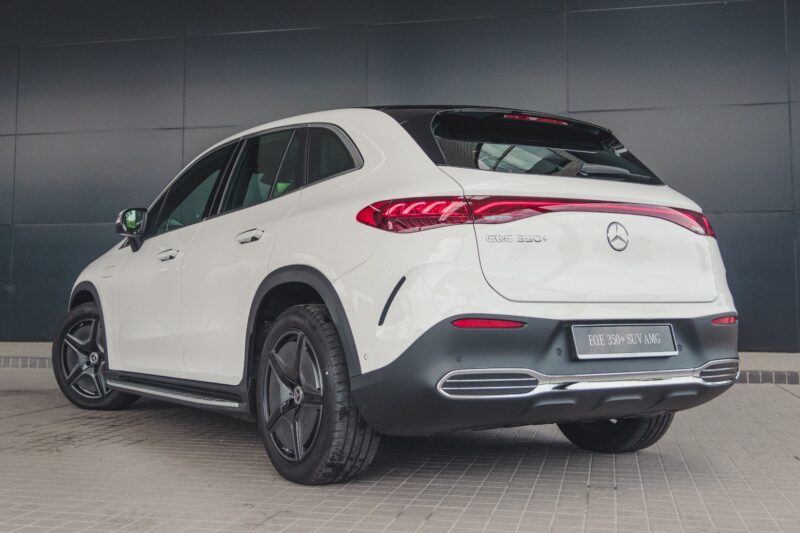What is WLTP, NEDC and CLTC?

When talking about electric vehicles (EVs), there are three acronyms that you are likely to encounter: WLTP, NEDC, and CLTC.
What do these three acronyms mean?
For your information, these acronyms refer to testing standards used to calculate the range of EVs.
What are the differences between WLTP, NEDC, and CLTC? Let’s break it down one by one.
WLTP (Worldwide Harmonised Light Vehicle Test Procedure)

The WLTP system was introduced in 2017 to replace the NEDC testing method. It implemented new procedures designed to test vehicles under more realistic conditions, resulting in outcomes that are closer to real-world driving.
WLTP takes into account several factors, including varying driving speeds, acceleration rates, and temperature. One of the main differences between WLTP and NEDC is that WLTP involves a longer driving cycle, a wider speed range (47-132 km/h), and the use of electronics such as air conditioning, radios, and so on.
This makes WLTP more accurate compared to NEDC, which tends to overestimate the range by 25% to 30%.
NEDC (New European Driving Cycle)

The NEDC was introduced in the early 1980s, with its last update occurring in 1997. Indeed, this testing method is outdated and considered obsolete. It is also regarded as inaccurate, as data is collected under ideal laboratory conditions.
It comprises two parts. The first part, lasting 13 minutes, simulates stop-and-go driving in urban areas. The second part involves extra-urban driving at a maximum speed of 120 km/h.
Due to the fact that NEDC tests are conducted at lower speeds and do not factor in elements such as air conditioning and uphill driving, many users find that the NEDC range is higher than what they experience in real-world situations.
CLTC (China Light-Duty Vehicle Test Cycle)

The CLTC was developed by the China Automotive Technology and Research Centre (CATARC) to replace European testing procedures. It is designed based on driving habits in China and the country’s conditions, and it often yields a more optimistic range.
It consists of three phases of testing: slow, moderate, and fast driving. The testing process lasts for 30 minutes, covering a total distance of 14.5 km.
There are several differences between WLTP and CLTC. One notable distinction is that the duration of driving in the CLTC test is reportedly twice as long as in WLTP. Furthermore, the CLTC test cycle includes more stops, while its maximum speed is also lower, at 114 km/h.
Life’s too short to argue about which car is the best. Drive whatever you like, as long as you’re happy with it.



